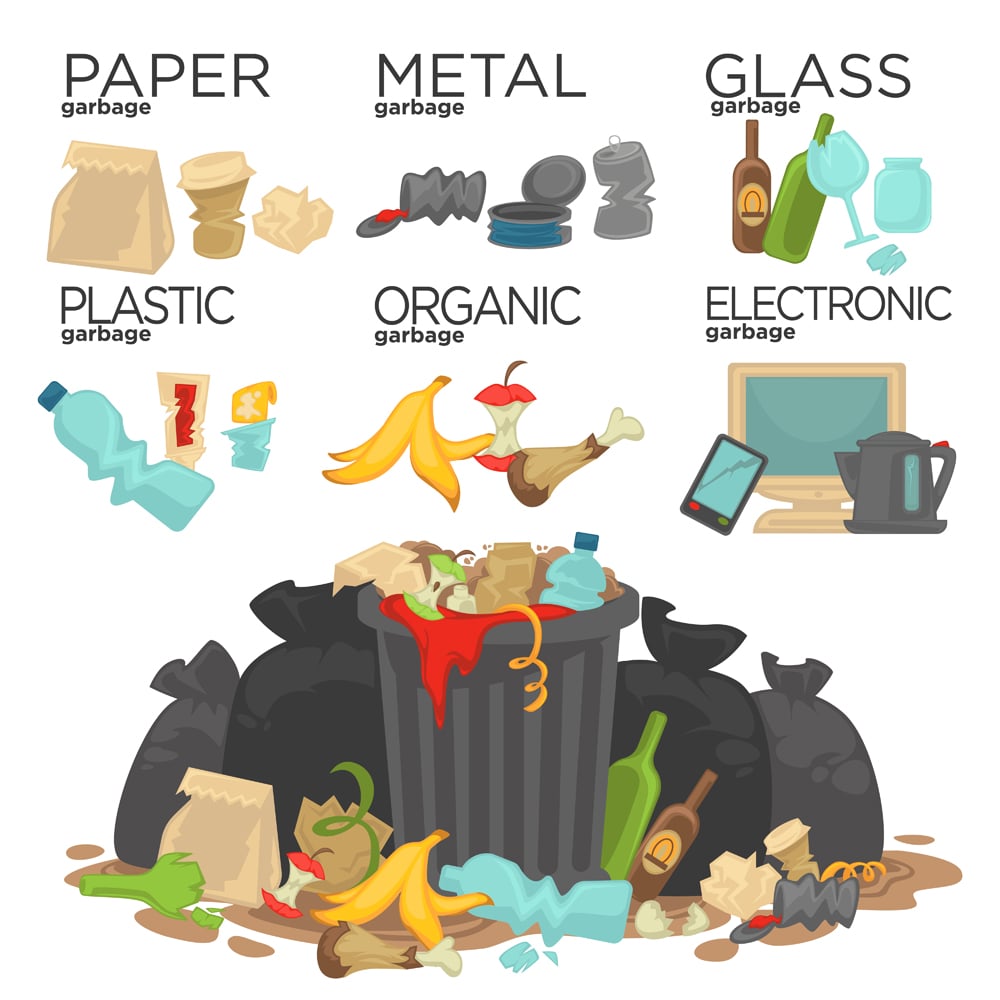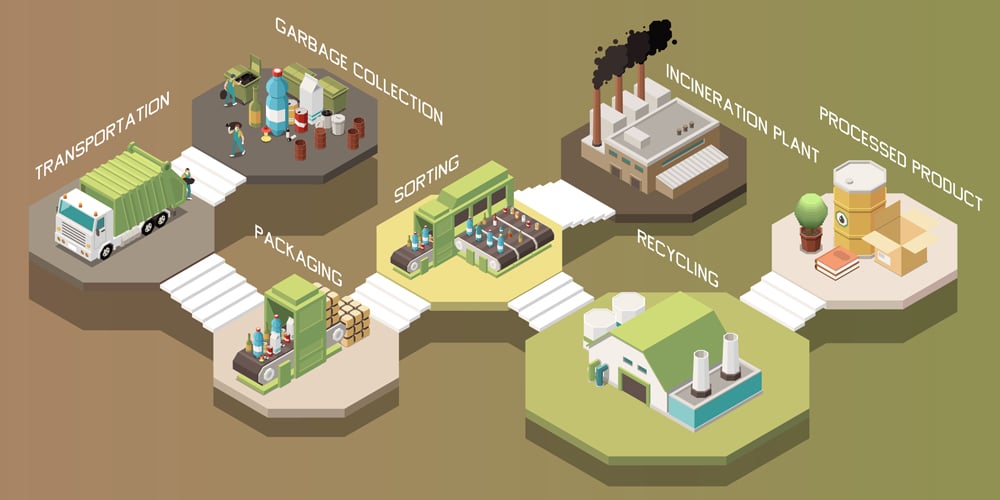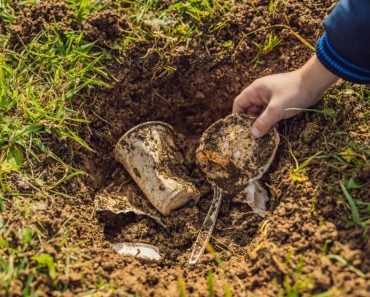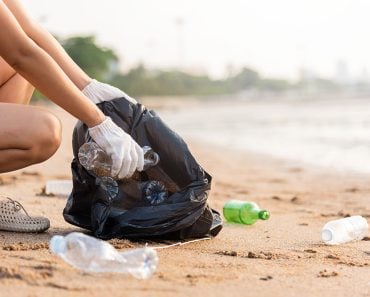Burning garbage in the open releases many toxins, such as dioxins, acids, sulfur dioxide, mercury, polychlorinated biphenyls (better known as BCPs), and heavy metals. These can have long-lasting impacts on our ecosystem by damaging vegetation and are proven to affect human health to a great extent.
“We are living on this planet as if we had another one to go to.” – Terri Swearingen
The above statement precisely points out the current predicament—garbage.
Garnering all the world’s attention, this awful thing is creating a menace in countless ways. It is polluting oceans, damaging the ecosystem, and making our beautiful pale blue dot filthier with every passing day. Garbage is simply the trash that we have produced. Now, with nowhere to put it, garbage is impacting our lives at an unbelievable pace.
With all this in front of us, it’s only fair if we get rid of it, right? Why don’t we simply burn the trash, bury it underground, or even put all that trash to use?
Let’s begin, shall we?
Recommended Video for you:
What Is Garbage Exactly?

Vaguely classified as either man-made or natural waste, garbage falls into either of these categories. Everything that earth has provided free of cost is considered to be a part of natural waste. Wood, rubber, vegetable waste, flowers, leaves and so much more.
Nature not only provides us with these luxuries, but has also planned a way for them to get back into the cycle. Microbes! Thee microscopic helpers break down every single organic waste product into simple molecules that are reabsorbed by nature itself. Amazing, right?
Man-made waste refers to everything that humans have created and disposed of. Plastic, metal dispensers, e-waste, pens, paper etcetera. It comprises both organic (carbon-based products) and inorganic materials.
However, the major percentage of this is plastic, which is our prime concern at present. Plastic pollution is driving the entire world crazy. Why is that? Let’s proceed to find out!
What Are Plastics And Why Are They A Problem?
Plastics are polymers, i.e., they are chains of a group of atoms or molecules called monomers. These monomers include carbon, hydrogen, oxygen, nitrogen and sulfur.
They have become such an essential part of our lives that it’s nearly impossible for us to avoid them now. The very chewing gum you eat may contain plastic. Soda cans have a plastic lining on aluminum in order to prevent corrosion. In fact, even tea bags, paper cups and biodegradable cutlery are not a safe bet. Some scientists predict that since the ocean is flooded with microplastics, and is also a major source of salt, our common table salt might just be contaminated by those microplastics. Shocked?
Plastics are stretchable, can be molded into any shape without hassle, are water-resistant and have a high tensile strength among their other properties. Plastics are popular because of these varied properties. However, every coin has two sides. These are the very same properties that make plastic such a worrisome problem.
Plastics don’t decompose, i.e., nature’s microbes cannot act upon these to break them down into simpler molecules that can be absorbed. Thus, plastics do not fall back into any natural cycle, so they just stay in the environment forever. They float in the oceans, are mistaken for food by animals and birds, and are accumulating in the landfills. Researchers already predict that by 2050, we’ll have more plastic in the ocean than fish!

While we have shifted our attention in a major way towards plastic, organic and other man-made wastes are complicated issues too!
Why Don’t We Just Burn All Garbage?
Burning plastics in the open releases many toxic gases, including greenhouse gases, into the atmosphere. The solid residue that is left behind is a poisonous ash. These pollutants include dioxins, acids, sulfur dioxide, mercury, polychlorinated biphenyls (better known as BCPs) and heavy metals. All of these have the potential to leave a long-lasting impact on our ecosystem by damaging vegetation and they are proven to affect human health in a negative way.

Problem With Incineration
Furthermore, burning them in a closed environment is called incineration. It basically burns the plastic and generates enough heat and steam to turn turbines, which produce electricity. The two products of incineration are ash and flue gas, both of which are equally hazardous. They are known to cause respiratory problems and are known carcinogens. Modern-day incinerators use mechanical filters, precipitators, and extreme heating to prevent the toxins from the flue gas from escaping into the atmosphere.
The gas produced after burning the garbage will exert a certain pressure on the frame of the closed environment, and in some favorable conditions might also react. Also, if this were an option, it would turn out to be an incentive to produce more plastic, because then we could simply burn it. Clearly, this doesn’t prove itself to be a logical solution.
Disposal of the byproducts after burning the garbage causes more problems than the garbage itself, as the solid ash can pollute water bodies and natural ecosystems.
Basically, this would help us get rid of the waste, but doesn’t help in reducing its production.
What Is The Current Scenario?
The country that has proved itself the most in waste management is Sweden.
Sweden burns nearly half of its waste in a waste-to-energy plant that provides electricity. The other half is vigorously recycled. Only one percent of Sweden’s waste ends up in a landfill. These processes are so efficient that a major chunk of Sweden’s energy comes from burning trash!
These plants produce a toxic gas called flue gas and the residual ash. Waste-to-energy plants are the future. The toxins produced in the ash and flue gas have very few chances of leaching and the carbon footprint of such plants is also minimal.
However, this comes at a cost. Since most of their trash is organic, meaning that the trash contains carbon-based products, greenhouse gases are released in abundance. Also, such plants often require a continuous supply of waste, are expensive to construct and maintain, and have some controversial and unknown long-term effects.
Most countries resort to recycling, but that process has its own restrictions. Not all kinds of plastic can be recycled. In addition, the process of dumping garbage in landfills is simply more economical than recycling.

The Alliance To End Plastic Waste
While the majority of the world’s countries are trying their best to reduce plastic waste, petrochemical companies have come together to eliminate plastic by 2050. They aim at churning plastic into energy, thereby completely eliminating it. This is controversial, in a way, as they want to produce energy from plastics, only to then produce more plastic. This promotes the usage of fossil fuels and therefore makes a profit for the industry.
This is exactly contrary to what the circular economy proposes. The circular economy aims at reducing waste and promotes the continual use of renewable sources of energy so that the products don’t lose their inherent value!

“When you take fossil fuels out of the ground, make plastics with them, and then burn those plastics for energy, it’s clear that this is not a circle—it’s a line,” says Rob Opsomer of the Ellen MacArthur Foundation, which promotes circular economy efforts.
We currently deal with plastics through processes like pyrolysis and gasification, which break down plastic and burn it in the absence of oxygen, thus preventing the formation of dioxins. Pyrolysis, in particular, produces diesel from plastic waste and a minimal amount of carbon dioxide. However, critics argue that pyrolysis is an expensive and inefficient process, as the production of diesel from fossil fuels is still cheaper than its production from plastic waste.
Conclusion
Through all of this discussion on garbage and plastics, you may have come to the understanding that the elimination of garbage is solely dependent on its consumption. The more recklessly we consume plastic and other products, the more problematic this issue will become in the future. Plastics were a breakthrough invention, but every invention has its drawbacks. We must continuously evolve or research stagnates. Let’s come together, find a way to combat this issue, and who knows, we may just find a way to save this planet of ours!
References (click to expand)
- Summary - www.seas.columbia.edu
- Is burning plastic waste a good idea? - National Geographic. National Geographic
- Marine Plastics | Smithsonian Ocean. The Smithsonian Institution
- Plastic bag bans can help reduce toxic fumes. unenvironment.org
- Can we safely burn used plastic objects in a domestic fireplace?. The MIT School of Engineering












